Sugar – a vital ingredient which improves the taste, texture, and shelf life of baked goods or an unnecessary evil which is aiding a global obesity crisis?
Regardless of your view, there’s no arguing that sugar remains firmly in the spotlight. Even more so with the latest raft of high fat, salt, and sugar (HFSS) rules – including an advertising ban and promotional limitations for goods which score poorly under the Nutrient Profiling Model (NPM) – set to come into force on 1 October 2025. This follows the location restrictions for retail stores introduced in 2022.
Many believe the HFSS regulations have influenced sugar reduction in NPD – a trend which is likely to accelerate. But cutting sugar in inherently sweet products isn’t easy. What’s more, it raises an important question: do consumers actually want lower sugar sweet treats?
Despite being 2.5 years since the first restrictions were introduced, cakes and sweet baked goods featuring better-for-you claims “remain relatively rare in the market”, believes Anna Perz, product development & applications manager at ingredients specialist ADM. This, Perz adds, “highlights the challenge of achieving non-HFSS status, as assessed under the Nutrient Profiling Model, given the typically high sugar, saturated fat, and calorie content of cakes and sweet bakes”.
There are a handful of companies that have managed it – with some specialising in non-HFSS goods such as JNCK Bakery and Urban Legend, while others are adding healthier options to their ranges.
How does HFSS work?
Working out a products’ NPM score, as advised by the Food & Drink Federation, involves calculating the ‘A’ points per 100g (energy + sat fat + sugars + sodium) minus the total ‘C’ points (fruit, veg and nuts + fibre + protein). If a food scores four or more, it is classified as HFSS.
Notably, there is a protein cap, which means if a product scores 11 or more ‘A’ points you cannot take away the protein score unless you score five points for fruit, veg, and nuts. So, while reducing sugar can improve a food’s score, there are other options to help balance things out.
“The interesting point with HFSS is that where sweet bakery products have a high fruit content or high fibre content, the HFSS score is reduced, and this is a point that bakers seem to be capitalising on,” says Jacqui Passmore, marketing lead West EU & AMEAP at Dawn Foods. “While there are reduced sugar bakery ingredients available, we are seeing much more use of ingredients which use fruit and other natural flavours to add sweetness to the finished product.”

As well as high fruit content fillings, bakers are turning to fruit compounds to add sweetness to their bakes, Passmore adds, allowing them to “tap into the latest food flavour trends but potentially bring down the HFSS score without relying on artificial sugar replacers”.
Obviously, increasing the fruit and veg content might not be suitable for all baked goods – but it does seem like all those years of saying carrot cake is ‘good for you’ could hold a glimmer of truth.
What options do manufacturers have?
The simplest approach to cutting sugar is to do just that. ADM’s Perz says a reduction of 10% is possible in most cases “without significant compromise”. There are exceptions to this rule. Products with a high cocoa content run the risk of becoming “overly bitter” if sugar is reduced whereas baked goods where sugar is less crucial to structure and taste may allow for a great reduction, Perz adds.
She highlights several ways this could impact baked goods with further reformulation needed to counter the effects. This includes:
- Reducing shelf life – unless adjustments are made, sugar helps retain moisture, therefore extending shelf life. Reducing it could have the opposite effect
- Crust colour – sugar plays a role in caramelisation and the Maillard reaction, which contribute to browning. Lower sugar levels can lead to a paler product, requiring process adjustments such as refrigerated dough or toppings to enhance colour
- Eating qualities – sugar is hygroscopic, meaning it attracts moisture. Reducing sugar can lead to drier, crumblier cookies or softer, less crisp products
- External appearance – some products, such as muffins, rely on sugar for crumb structure. A reduction may result in less rise or an uneven appearance
- Spread – lower sugar levels can reduce cookie spread, but refrigeration may help mitigate this effect while also improving browning.
These are all important factors whether reducing sugar outright or looking to replace some of it with another ingredient – the choice of which continues to grow as ingredient manufacturers look to help bakers with this endeavour.
These include Fibersol-2, FruitUp and CaroUp Fibre from ADM as well as Maltitol and erythritol from Cargill’s portfolio. Other options to hit the market of late include ‘plug & play sweetener solution’ BI-Sugar from NutraEx Food and Incredo Sugar, a patented sugar reduction solution claiming up to 70% less sugar with ‘no change in taste, mouthfeel, or texture, and no additions to the ingredients label’.
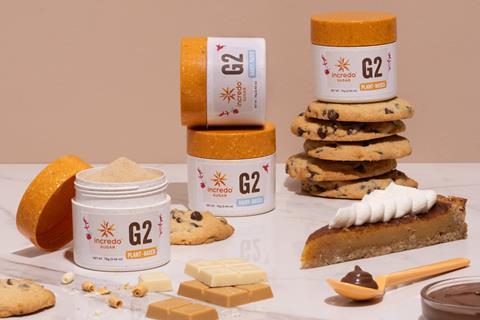
The latter is an important consideration, particularly with the ongoing ultra-processed food (UPF) debate. As vilified as sugar is in some circles, consumers see it as a ‘store cupboard ingredient’ and may take a different view of sweeteners.
“As sugar is such a versatile ingredient, reformulating with reduced sugars is harder than it seems,” warns Ellie van der Burg, Cargill’s bakery marketing manager. “Sugar reduction often implies a longer ingredient list, with no one size fits all solution, depending on several factors, such as the application, cost-in-use, regulatory requirements, and the customer’s specific needs and wants.”
Mademoiselle Desserts, which produces sweet treats for the foodservice sector, says sugar reduction is “once again a focus” for operators striving to align with health-conscious consumer trends.
“Balancing sugar reduction with a clean-label approach is a significant challenge for manufacturers,” says Garry Hewings, product development controller at Mademoiselle Desserts. “Customers also prioritise clean-label ingredients, which limits the inclusion of artificial additives or overly processed alternatives in recipes.
“It’s important to recognise that for many consumers, baked goods remain an indulgence”
“Unlike the drinks industry, which has leveraged solutions like stevia, sugar reduction in fine bakery requires alternative approaches due to stevia not being approved for use in these products. Ingredients such as chicory root fibre and tapioca starch have emerged as viable substitutes. However, these come at a significantly higher cost – typically three to four times more expensive than sugar.”
Despite the cost, they remain the sugar reducers of choice for Mademoiselle, but Hewings reveals the business is “investigating enzyme technologies to simulate sugar’s starch-inhibiting properties”.

Case study: Reducing sugar in a chocolate fudge cake
Mademoiselle Desserts was tasked by a leading UK pub group to reduce the sugar content of its four-layer chocolate fudge cake by 10%.
The four-layer fudge cake underwent “significant reformulation”, reducing its sugar content from 41.3g per 100g to 35.6g per 100g. This achievement not only exceeded targets but also removed 13.8 tonnes of sugar from the food chain annually, based on sales volumes.
This reduction was achieved using carefully selected ingredients, such as tapioca starch in the sponges and a blend of dextrose and milk powder in the frostings.
“We surpassed expectations by achieving an 11% reduction in the first year and a further 5% the following year,” explains product development controller Garry Hewings.
Do consumers want lower sugar sweet treats?
Reducing sugar may offer more options for businesses when it comes to promotions or advertising (providing they have an appropriate NPM score) as well as meeting demands for operators looking to offer products to health-conscious consumers. But how much of the population do they make up?
To find out, ADM launched an interactive insight tool that examines how people across the world are navigating their sugar reduction journeys. It found that 83% of consumers polled in 15 countries claim to be limiting or avoiding sugars in their diets. UK consumers were below the global average with 77% of adults saying they are taking action to reduce sugar in their diet.

Nevertheless, great taste and reduced sugar were regarded with shared importance meaning reformulation can’t be done at the expense of the sensory experience. “British consumers, in particular, are receptive to sugar reduction and substitution, but they also prioritise products with functional benefits such as high protein, added fibre, or enhanced vitamins and minerals,” adds Perz.
Research by Mademoiselle Desserts, conducted in collaboration with CGA by NIQ, corroborated this but found that shoppers tend to be a bit less concerned about sugar intake and healthier eating on special occasions and during weekends as indulgence climbs up the list of priorities.
“It’s important to recognise that for many consumers, baked goods remain an indulgence,” concludes ADM’s Perz. “On occasion, they simply want a traditional cake or biscuit without compromise. This means there is room in the market for both classic, indulgent products and those offering health benefits through recipe and process adaptations – proving that better-for-you alternatives can still deliver on taste and texture.”

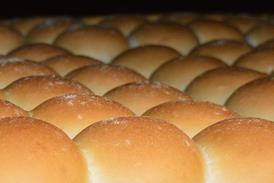

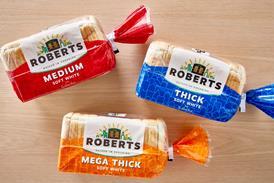

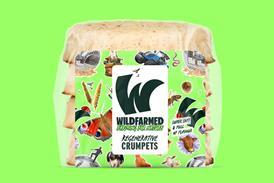

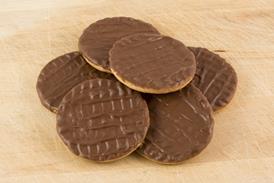



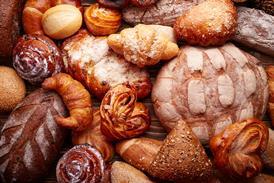
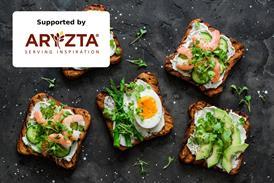


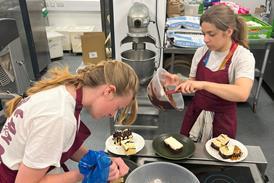



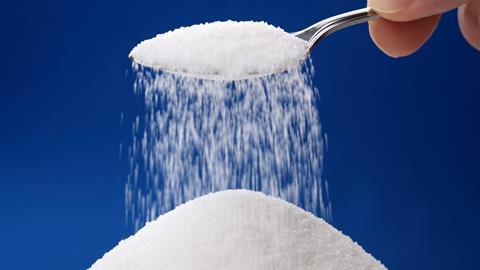
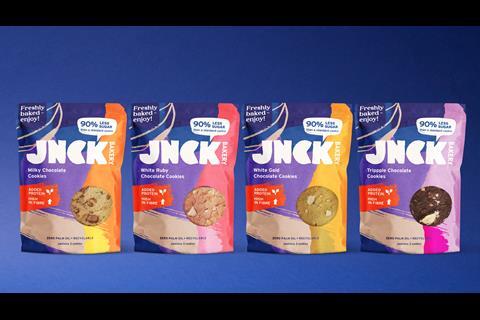
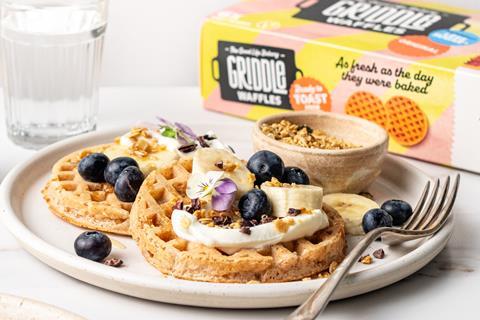
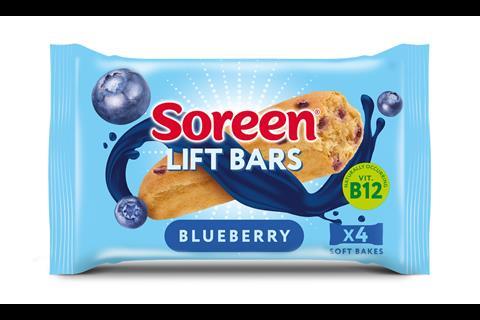

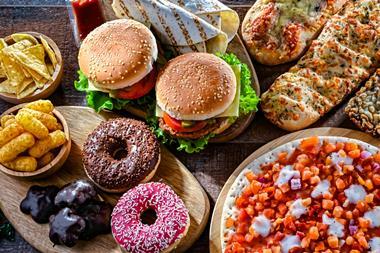


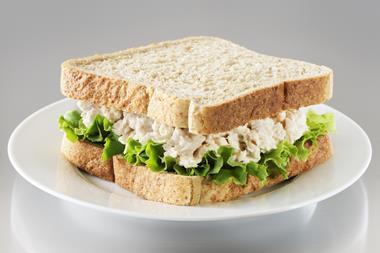
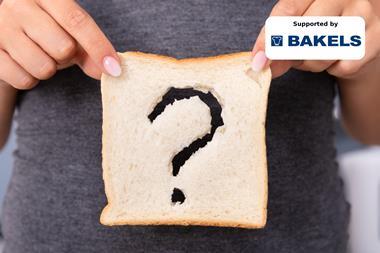


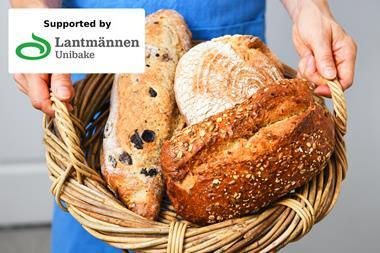
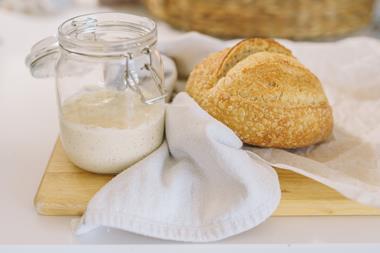

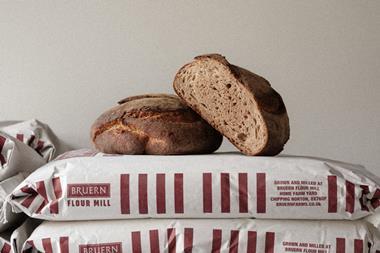


No comments yet